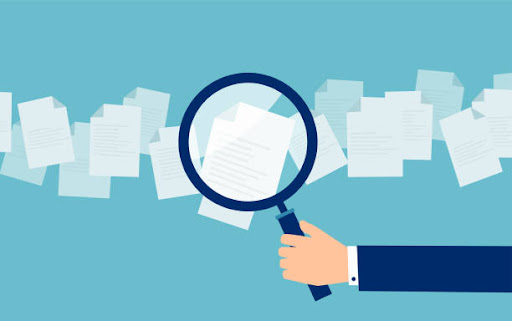Businesses today are breaking out from the age-old norms, and embracing technology in all sectors of work. This introduces efficiency in the system and streamlines onboarding at the user end. However, this convenience can open the door for scammers to exploit vulnerable individuals. Therefore, document verification has become crucial to mitigate fraud and ensure regulatory compliance in the banking industry. Banking stands on the pillars of customer trust and reliability, hence a strong document-checking system must be in place to ensure the trust remains intact.
Regulatory Requirements for Verification Documents
Know Your Customer and Anti Money Laundering (KYC/AML) guidelines take up most part in the document verification in banking. For instance, the Banking Secrecy Act and USA Patriot Act require banking institutions to identify and verify their customers. Similarly, the FinCEN Rule and 5th Anti-Money Laundering Directive (5AMLD) regulated the identification and verification of beneficial ownership. On top of this, considering the changing nature of such document authentication, these banking organisations also need to keep an ongoing check on their customers. When such firm restrictions are in place, it becomes near impossible to perform present and ongoing checks manually. Therefore, banks need to automate their document verification processes to comply with these guidelines and regulations.
In addition to performing online document verification with minimal human intervention, these systems can maintain a log of these checks. Thus, diminishing the need for the maintenance of bulky files. Moreover, these digital logs allow the system to perform ongoing checks on the previously verified individuals.
Importance of Document Checking in Fraud
Identity fraud is the most prevalent and trusted technique of scammers. The US Government issues billions in checks to help the public stay afloat during the pandemic. However, bad actors exploited the situation by intercepting the checks. The con artists wash the checks, fill them with false identities, and cash them. According to CNBC, almost 250,000 check fraud cases were reported by banks in 2021 alone. By the end of 2022, the banks saw an increase of 84% in these cases.
These hefty numbers signify the importance of document verification in fraud mitigation. Proper document attestation and verification will help the banks keep an eye on fraudsters without actually needing to hire additional resources. The automated verification will also help in manual error reduction, thus keeping the institutions more in line with the compliance guidelines.
Protecting Sensitive Data
The KYC/AML regulations require banks to maintain a database of sensitive customer documents. However, storing this data comes with its own set of instructions. GDPR (General Data Protection Regulation) oversees data-related issues in Europe. It is authorised to penalise the companies when a customer data breach happens. Similarly, FTC regulates data protection in the US. Recently, FTC ordered an Ed Tech provider to bolster its security practices.
Given such restrictions and cases, it is imperative to keep a proactive approach when it comes to private customer data. Therefore, businesses and corporations must look for document verification solutions that comply with the security guidelines of regulatory authorities.
Key Areas for Document Verification in Banking
Here are some areas of banking that will benefit the most from an online document verification system.
- ID Card Verification: First and foremost, banks need to verify and establish the identity of their customers. Doing this manually will require a tedious ad-hoc process without any actual guarantee of accuracy. A document verification system will ensure the authenticity of the ID document by checking the security features and other details of the ID card.
- Driver’s Licence: Another important document for identity verification is the driver’s licence of customers. An online automated system will verify the documents against forging and tampering. Thus, minimising the possibility of fraud.
- Bank Check: As mentioned, bank check frauds have risen since the pandemic. Given the increasing cases of this fraud, banks need to be on the lookout for fraudsters. However, such proactiveness is impossible in a manual process. On the other hand, a document verification system requires only minimal human intervention to function properly. Thus, ensuring the reduced risk of check fraud.
- Age Verification: Proper age verification can ensure regulatory compliance of banking customers. The document verification system can extract the data from the documents and match it with manually entered data for better accuracy.
Conclusion
A proper document verification system in banking can help mitigate fraud and ensure regulatory compliance. By implementing a robust system, banks can also reduce their costs since manual processes will no longer be required. Whether it be ID verification or Bank Check verification, such a system can ensure security around all verticals. Thus, strengthening customer trust and reliability – the very pillars of banking.

